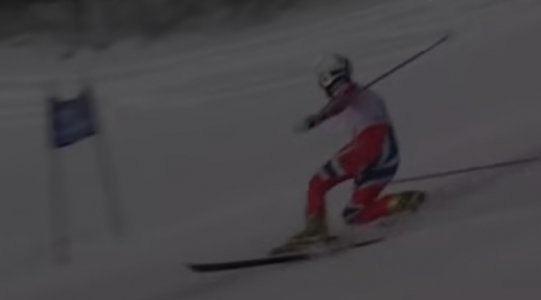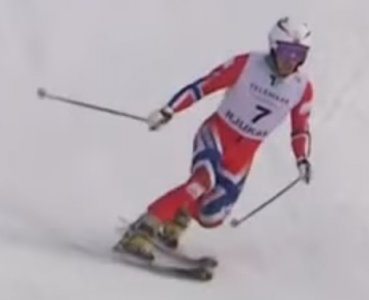That is not true. It's torque, physics 101. Do the static force equations. For a simple experiment, ski straight in deep powder, crush the cuff, and see what happens. Torque is applied to the front of the ski, and the ski will nosedive. If you lean against the cuff of the boot, with sine of the forward lean angle, you'll get a torque applied which means you must rotate unless there is a reaction force. The reaction force isn't from the tail of the skis or under the boot. It's from the front of the ski. If there's adequate support in front of the boot, but no support under the tip, then the reaction force will come from the ski just in front of the bindings and not from the tip, i.e. there won't be increased force on the tip. But, in cases where there isn't adequate support until the tip of the ski, then the tip of the ski will have more force applied to it. Skiing in powder for example, the powder doesn't provide enough support under the ski near the binding. If you had super short skis, the skis would just nosedive with hardly any effort. It takes the long ski with lots of surface area and torque to provide the support largely at the fat tip. So, in powder you can feel the effects right away, because the tip will nosedive with cuff pressure. Leaning against the cuffs provides torque that must be supported by the front of the ski. Where the pressure is along the front of the ski depends on the circumstances. To some extent, "the tip" is just a metaphor for the front of the ski. Sometimes the action will be up around the widest part of the ski. Sometimes it will be closer to the boot, but in every case, cuff pressure increases pressure on the active portion of the front of your ski.



